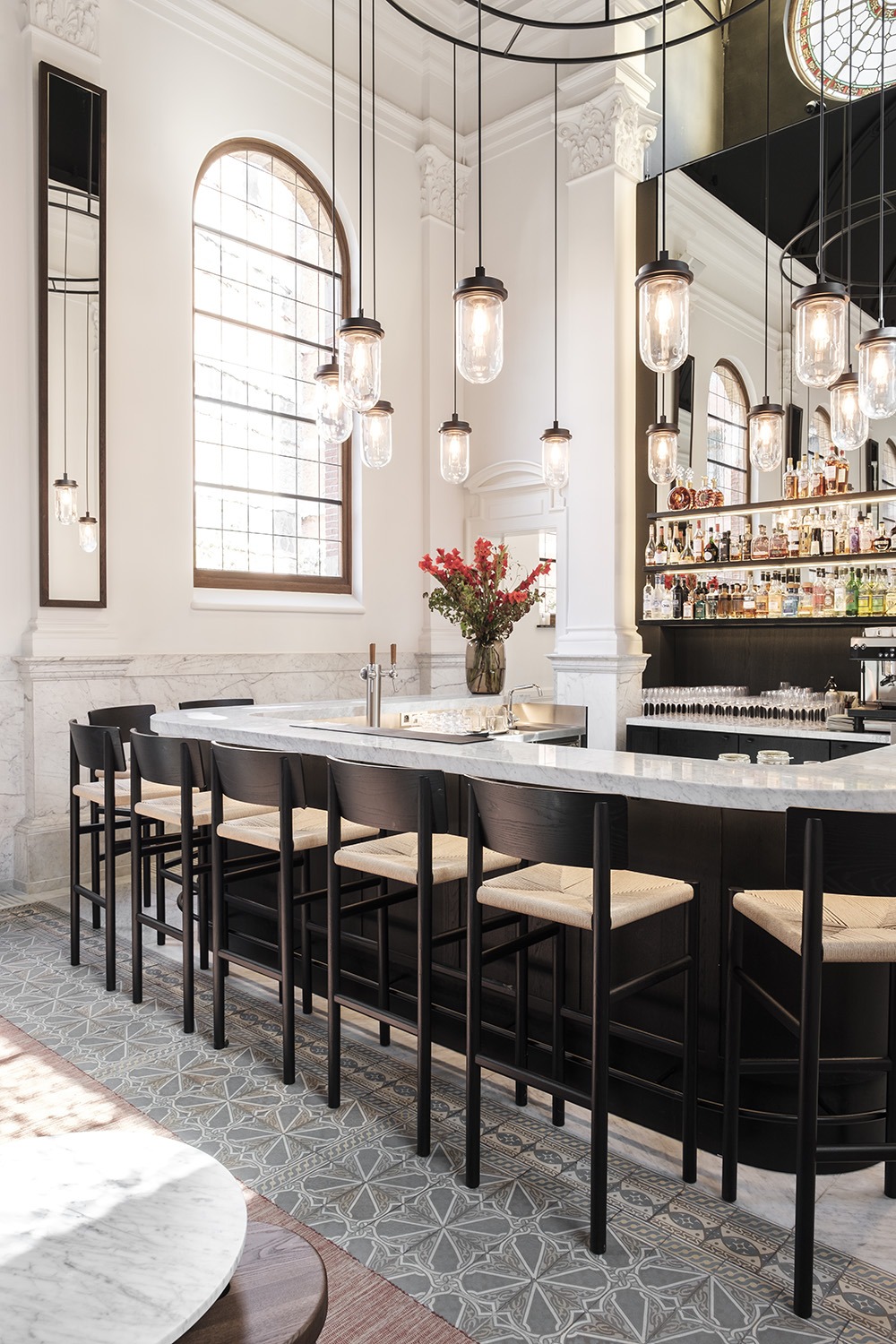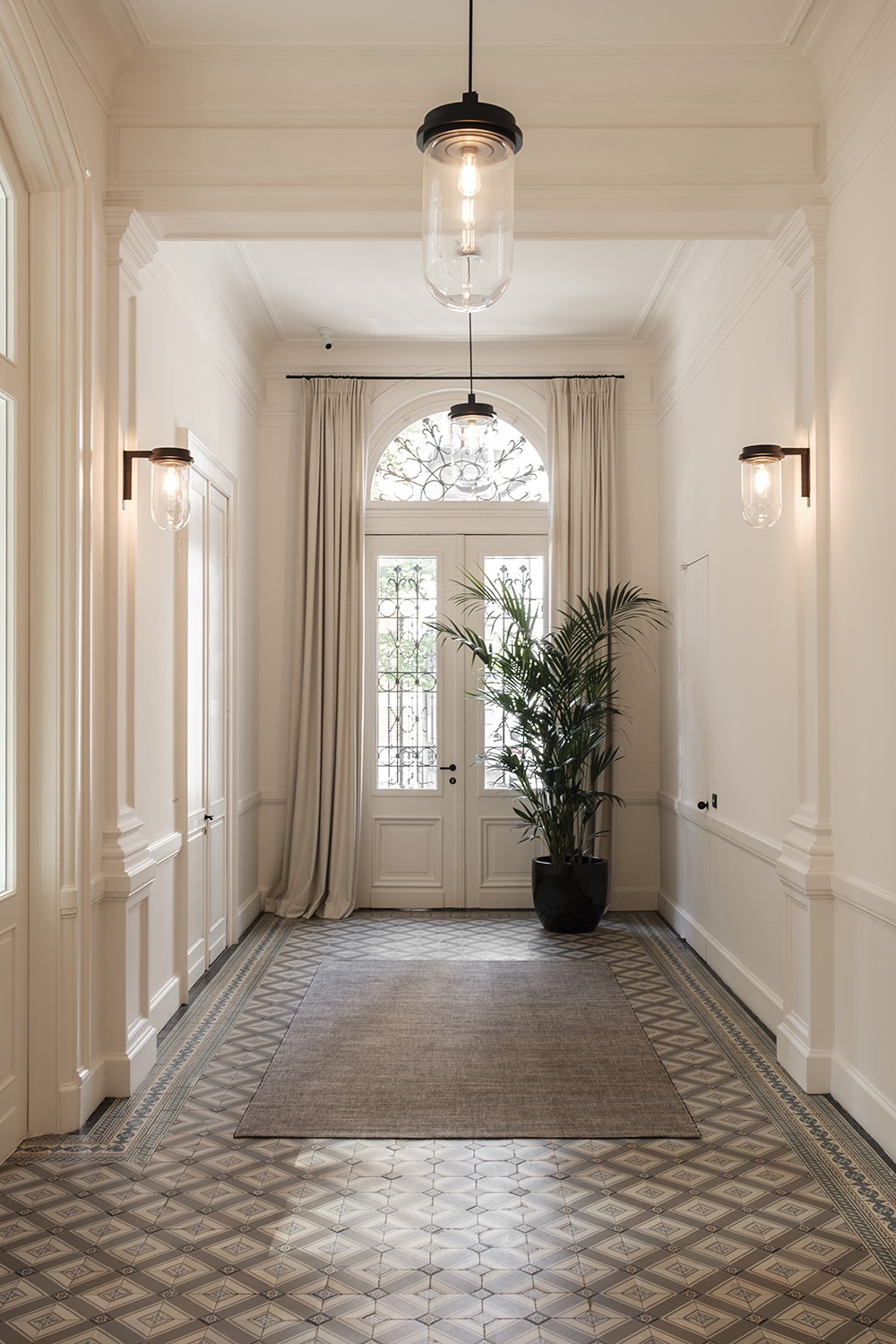
August
A Conversation with Vincent Van Duysen
It was no weather for a wool shirt, but August’s chapel-turned-into-a-bar kept me cool enough. It’s quiet here. August is a hospitality project in a transformed old Augustinian convent situated in Antwerp’s Green Quarter–and it is Vincent Van Duysen’s first hotel project.
The cloister sits between a 19th century military hospital that has been redeveloped into apartments and a former storehouse that now holds restaurants, cafés, offices and a rooftop farm. The sun breaks through the windows and is reflected in large mirrors hanging on the walls, brightening parts of the marble floor. The mirrors gather the sunlight at play, taking in what is outside and reflecting what’s going on inside.
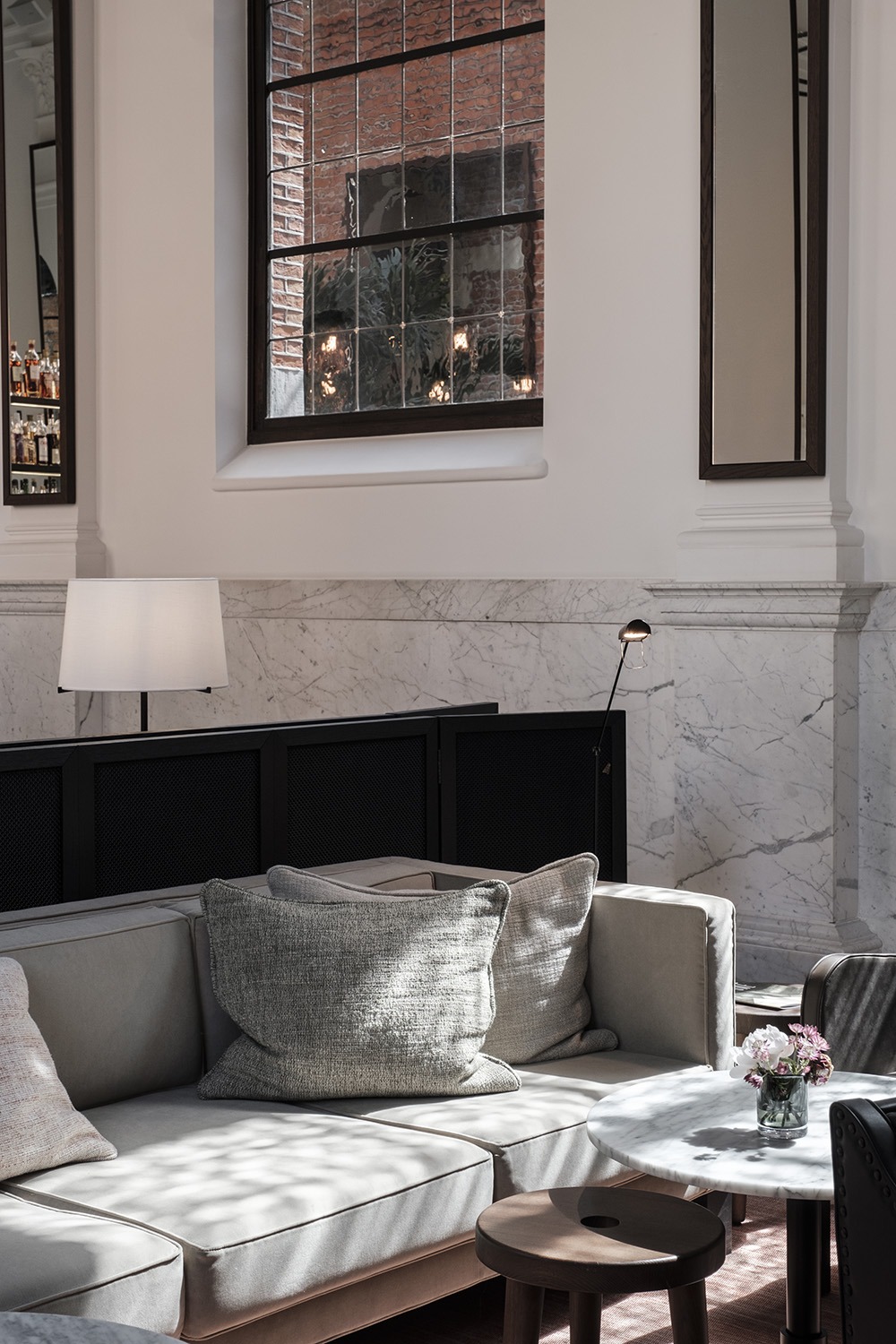
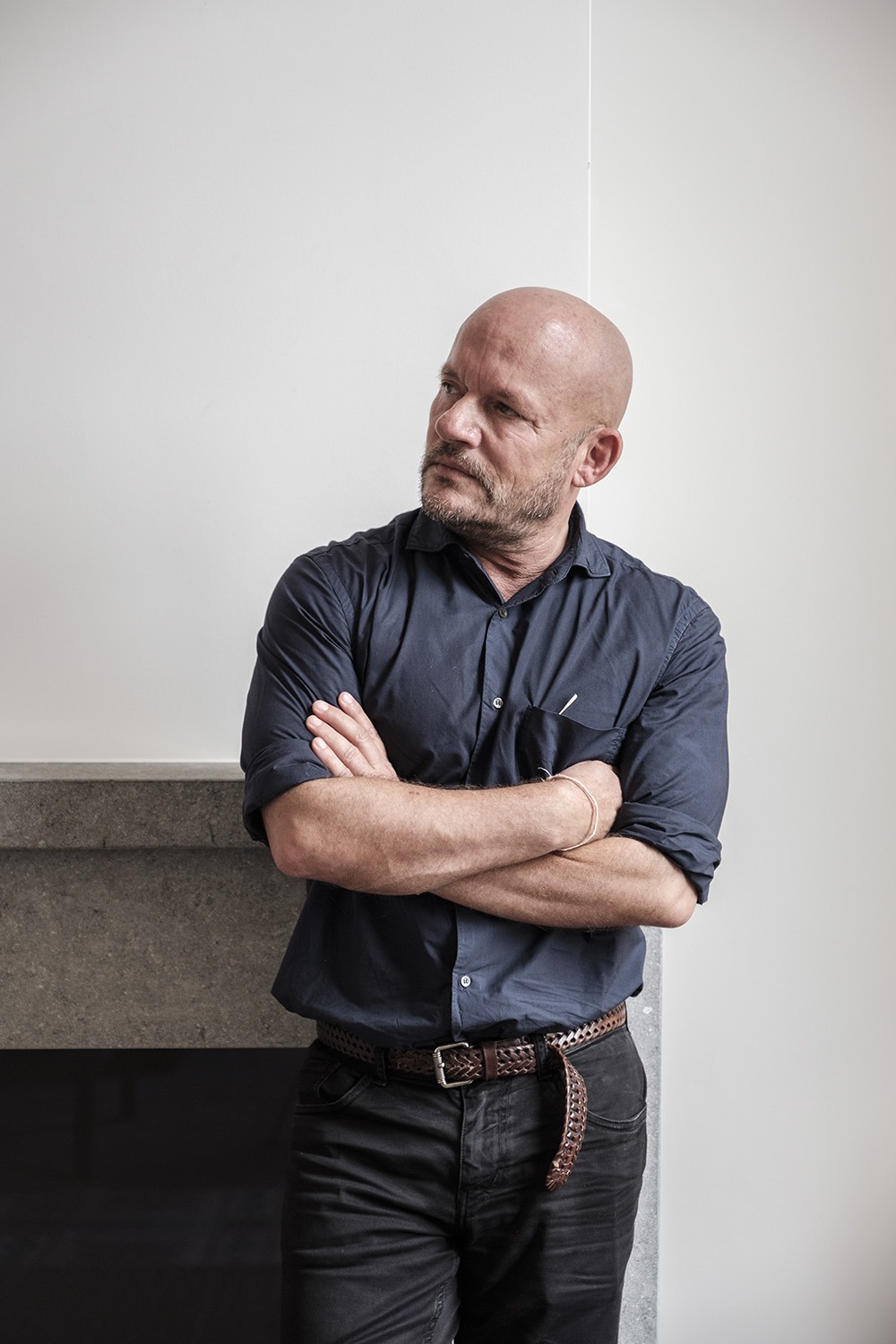

Vincent walks in. His work is characterized by a symbiosis between architecture, interior and product design and his refined choice of materials. “Thirty-five intense years… travel is killing me. I want to slow down. I am. I just have a lot of energy.” Although his work is often based around the idea of slowing down, it is hard to apply those ideas to himself. He explains that one aspect of this slowing down is the creation of visual silence and creating spaces that are sensory and emotional. The chapel is the perfect example. “Silence is important, you have to have a sense of rest and serenity. We are in a chapel, but it is scaled down to the people that occupy the space”, he explains, having undergone the effects himself now and kicking it back comfortably in a greenish, leather armchair. For this project, Vincent has worked closely together with Mouche Van Hool, the driving force behind August.
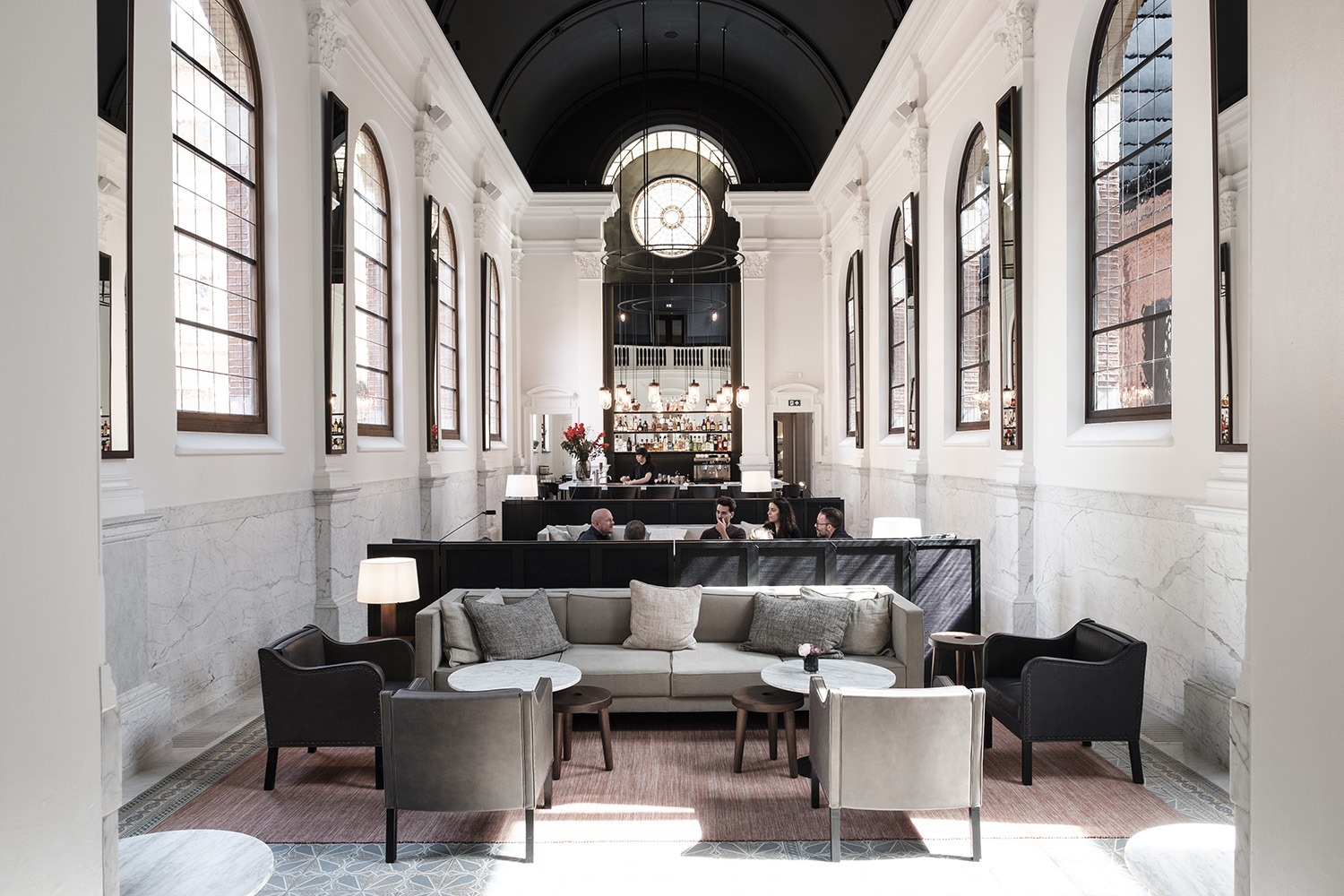
“You have got to get rid of the excess and in doing so you create something more. It’s a process of balancing by eliminating.” Vincent’s temporary ease is broken by his passionate nature as he leans forward while speaking. “I touched everything, every material, every fabric, every colour.” The modern additions Mouche and Vincent introduced complement the existing elements like tiles or wood that had always been there. Wall panels in a desaturated olive green inspired a recurring colour scheme throughout the hotel, and the carpets match the colour of the bricks. “Everything has to have a soul and a reason to exist”, Vincent explains, “that’s why, from the lighting to the furniture, it is all craftsmanship.” Vincent notices a lack of integrity and a loss of awareness in today’s society which he believes is due to consumption and an unhealthy focus on immediacy.
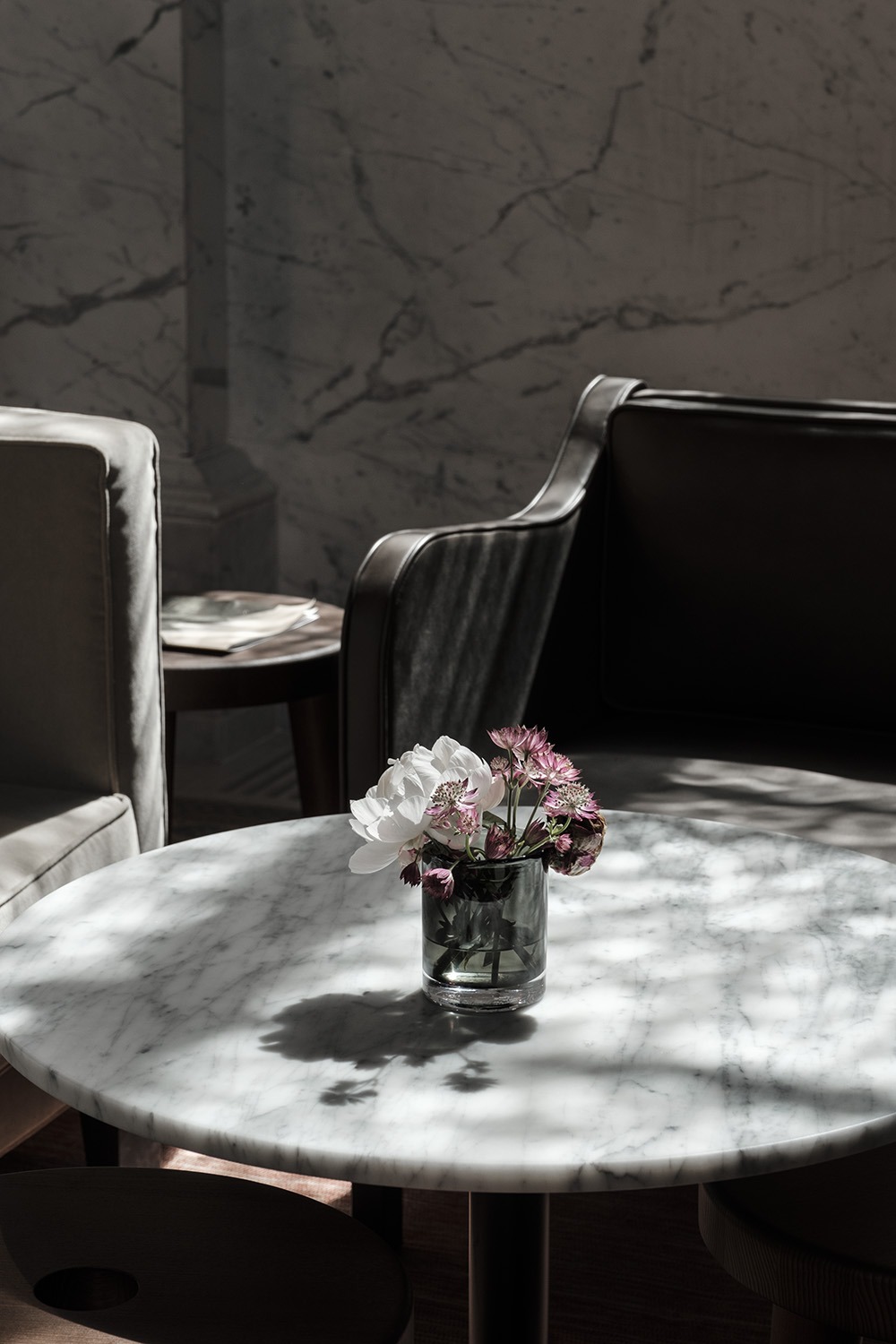
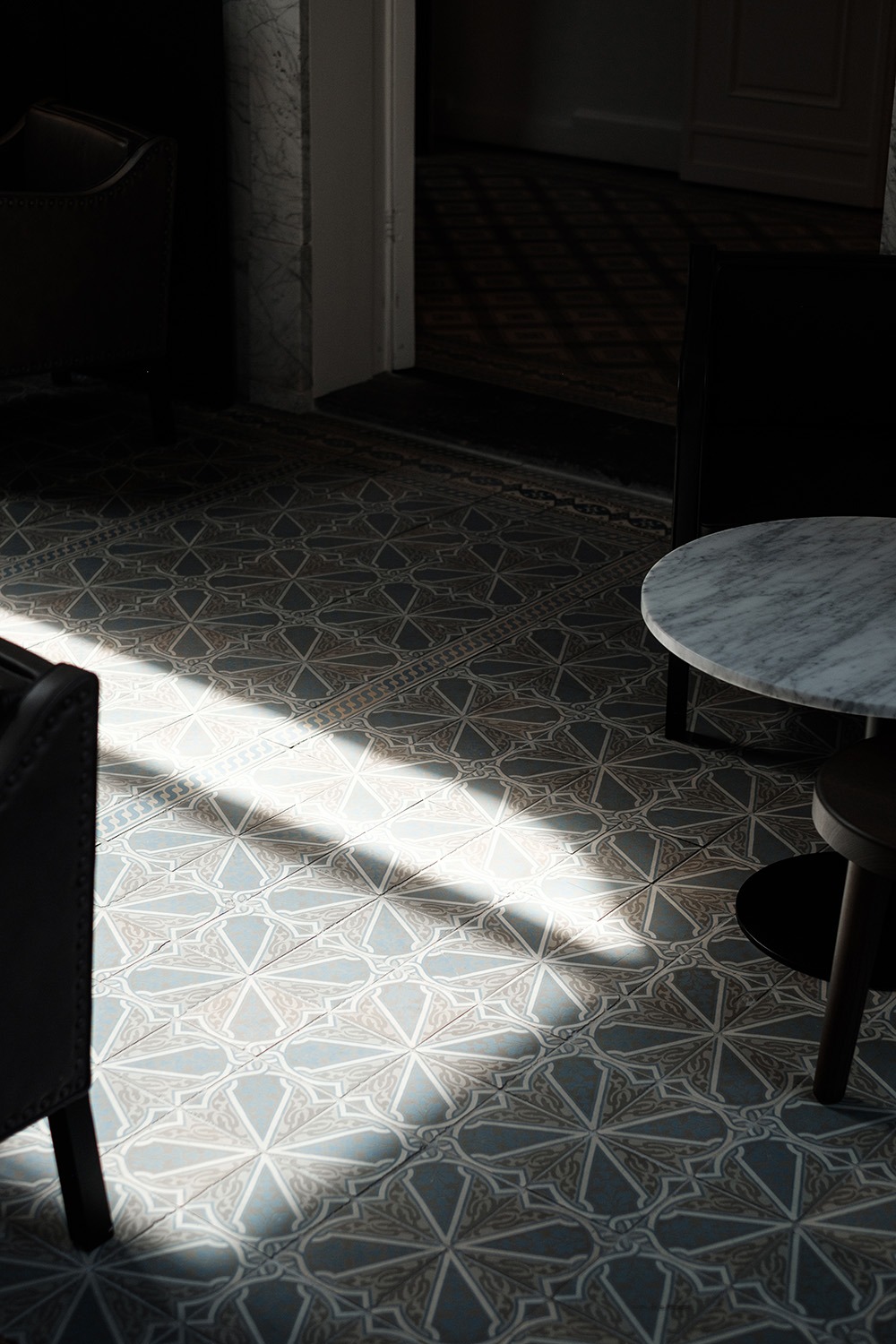
August tries to counter that by offering its visitors a sanctuary to come to rest. August surprises you with its proportions, layering, the fabrics used, the colour patterns, the hidden gardens and the play of light. It is never boring to walk around here. Above the entrance of the chapel there is the shadowy mark of two little cherubs holding hands. The statues themselves are not there anymore. “There have to be imperfections”, Vincent says, “but it’s not a tool; it just has to be. Then there is something seductive about it.”

Saint Augustine of Hippo once said (supposedly) that “nothing conquers except truth, and the victory of truth is love.” He was talking about truth through learning and loving what you do.
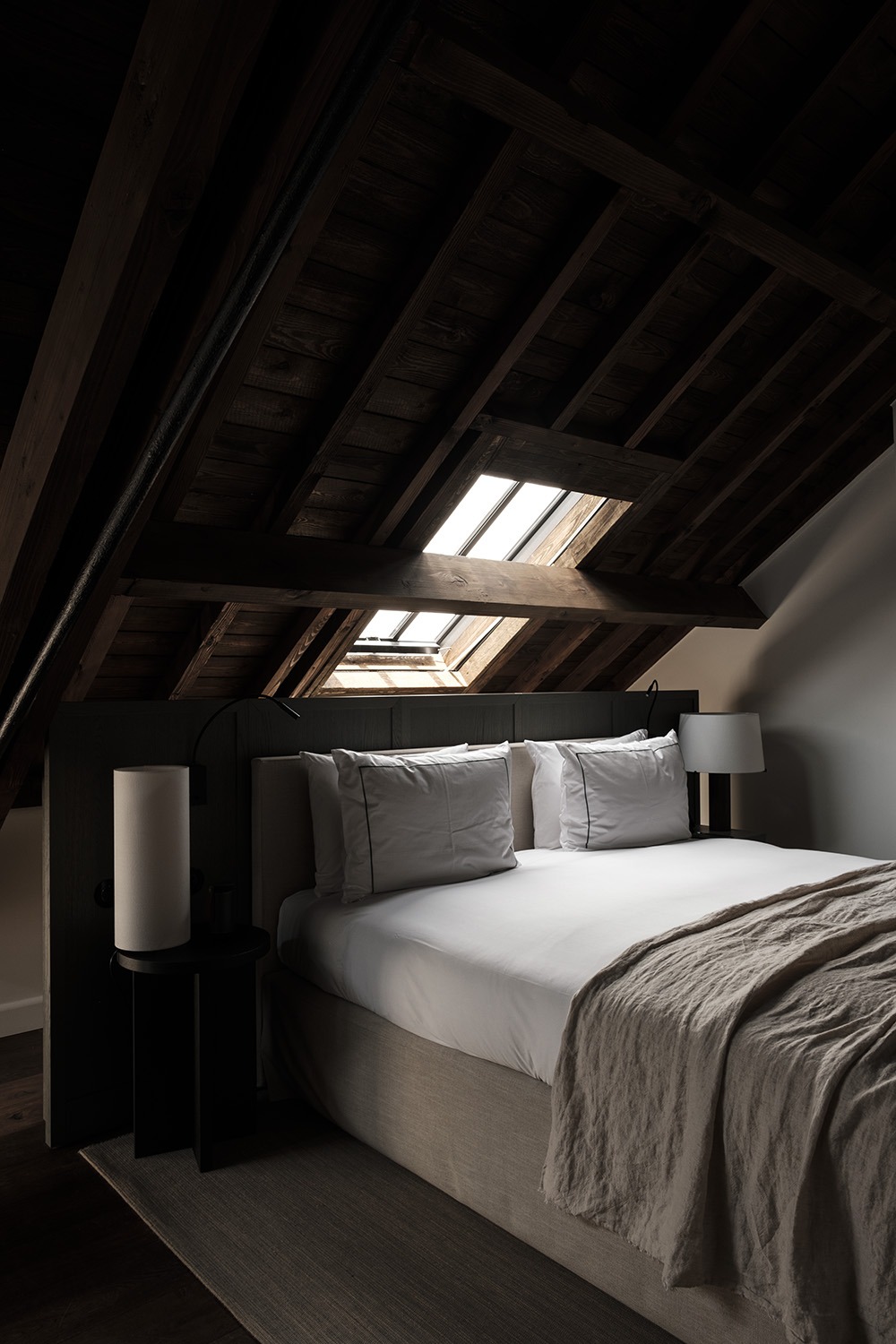
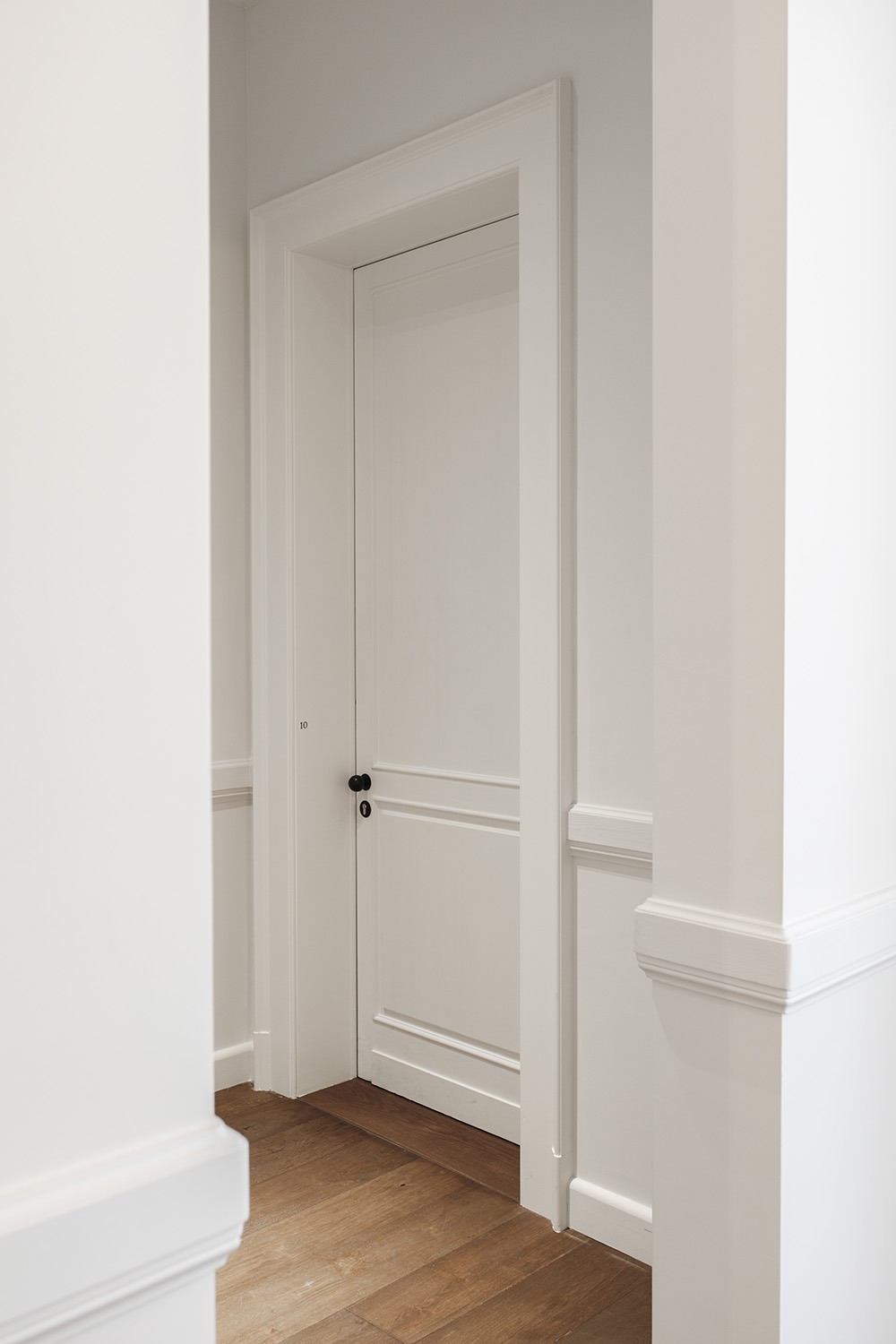
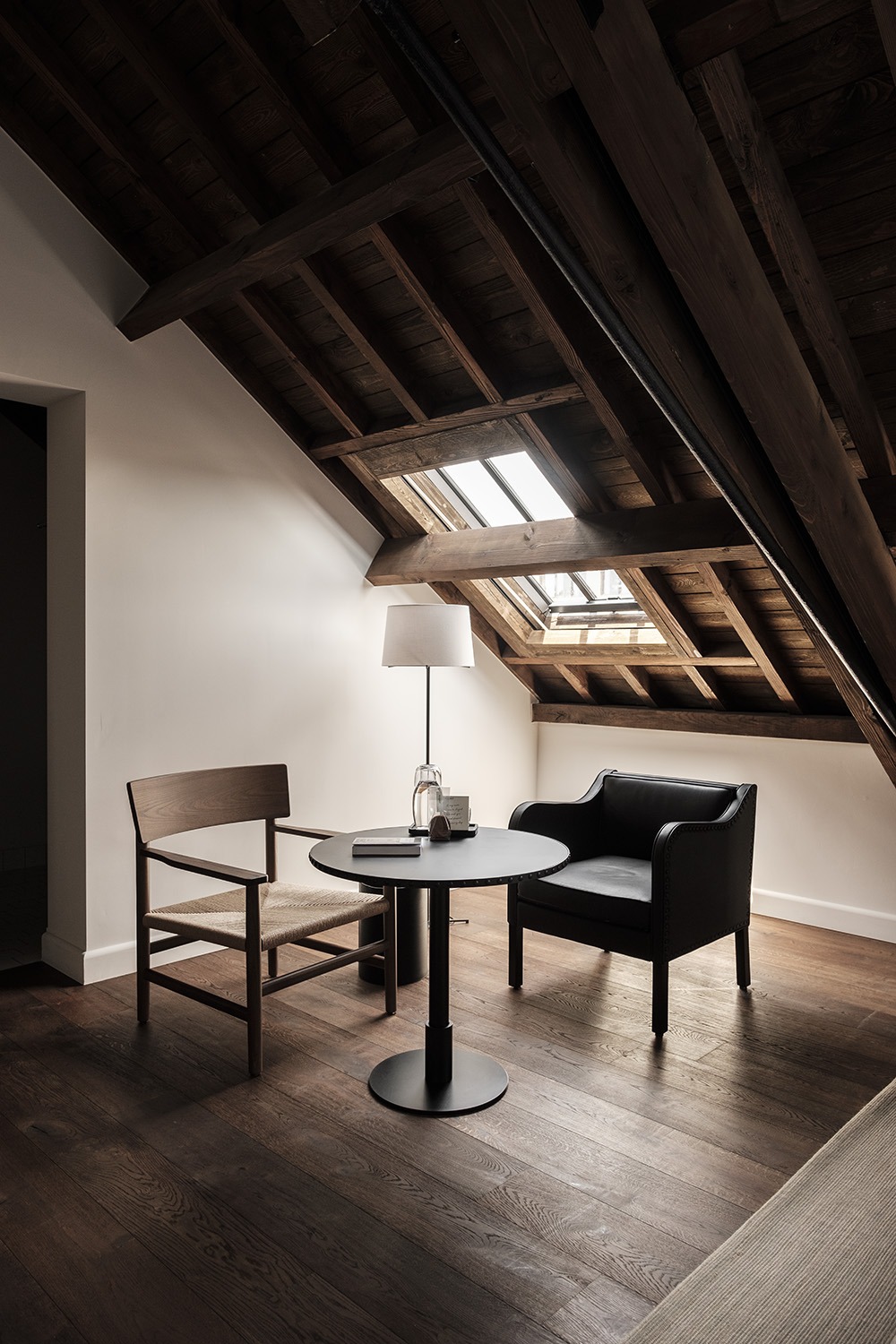
After thirty-five intense years Vincent is projecting onto himself what he always aimed at in his work: stillness, reflection and calm. I also remember that he said he hates predictability. In one of the rooms underneath the wooden ceiling I was looking out of the window. The glass was warm from the sun and there was a soft creaking and the smell of wood as I took in a view I thought I knew so well.
